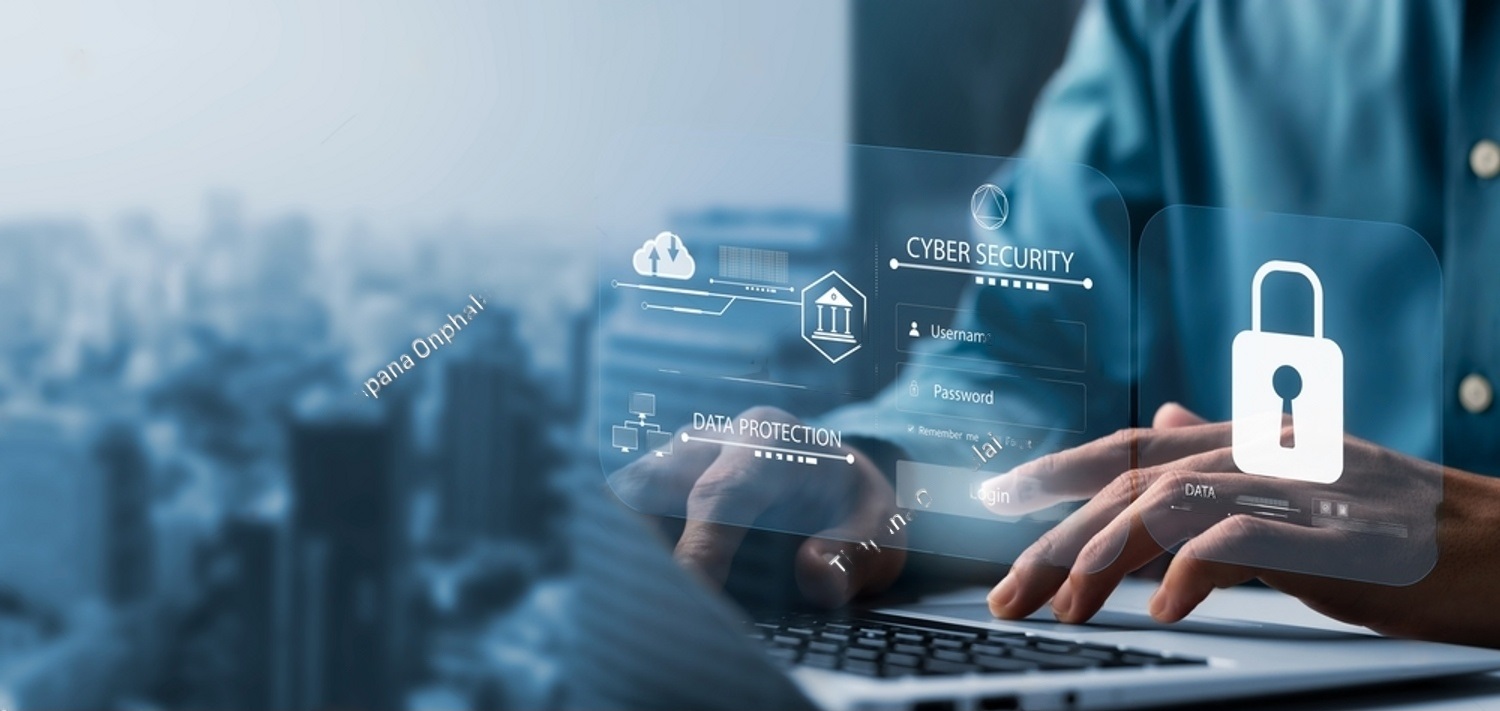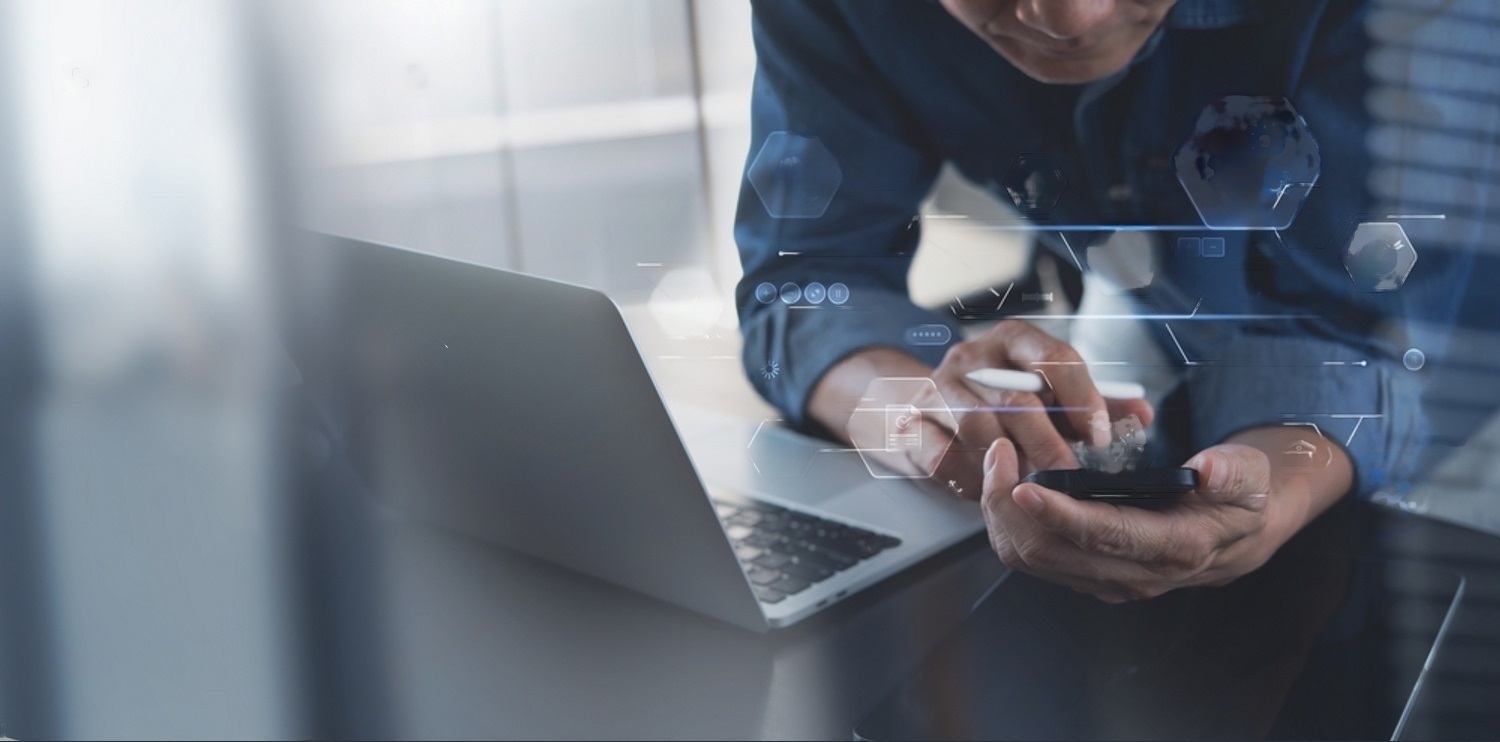Microsoft Windows 10 Launch Date Revealed
Mark your calendars. On July 29 this year, Windows 10 will be available as a free upgrade for both Windows 7 and Windows 8.1 users in 190 markets globally, Australia included. After the 29th, the new Windows operating system will come pre-installed on Microsoft-compatible computers and will be available for purchase sometime later in the year. Those who are qualified for the free upgrade are Windows 7 Home Basic and Home Premium license holders, and Windows 8 and Windows 8.1 users. These users will all be able to upgrade to Windows 10 Home which is Microsoft’s basic Windows 10 package. Users with Windows 8 and Windows 8.1 Pro will all be able to upgrade to Windows 10 Pro.
Microsoft Windows users have a year after the July 29 launch to secure their free Windows 10 upgrades. Once the upgrades are in place, Microsoft will keep the operating system updated at no cost for the life of the device. Microsoft has high hopes for their newest OS, which they are expecting to see installed in over a billion devices globally by the year 2018.
Along with the new operating system comes a multitude of new and returning features, like the Start menu and the introduction of Internet Explorer’s replacement – the Edge browser. The new browser will feature Microsoft’s virtual personal assistant, Cortana, as a bonus. Additionally, Microsoft is also introducing new Office 2016 applications – Excel, PowerPoint and Word all got redesigned from the ground up to run on Windows 10 and as a result will each be sold separately. However, Outlook and OneNote are still included with Windows 10, for free.
Microsoft’s Executive Vice President, Terry Myerson said, “Windows 10 is a new generation of Windows designed to empower you to do great things.
“Windows 10 starts to deliver on our vision of more personal computing, defined by trust in how we protect and respect your personal information, mobility of the experience across your devices, and natural interactions with your Windows devices, including speech, touch, ink and holograms.”












